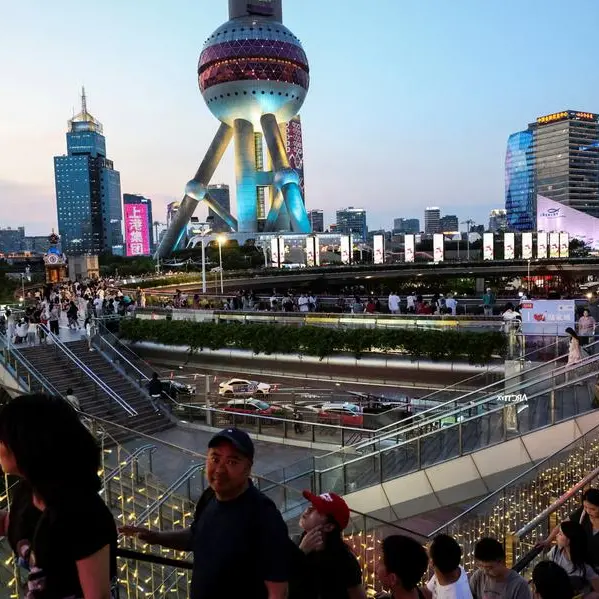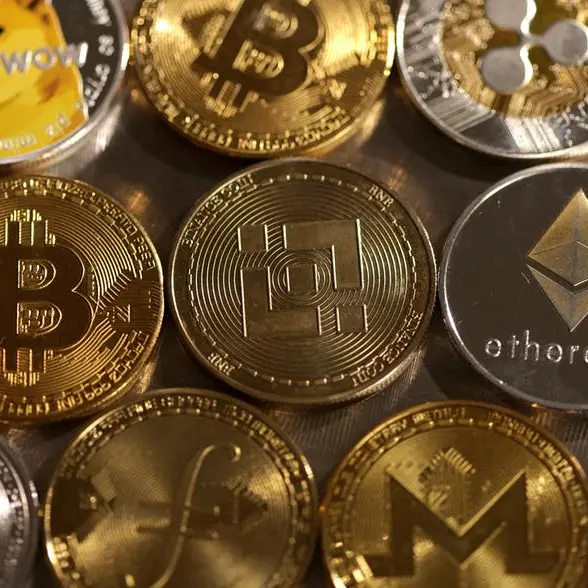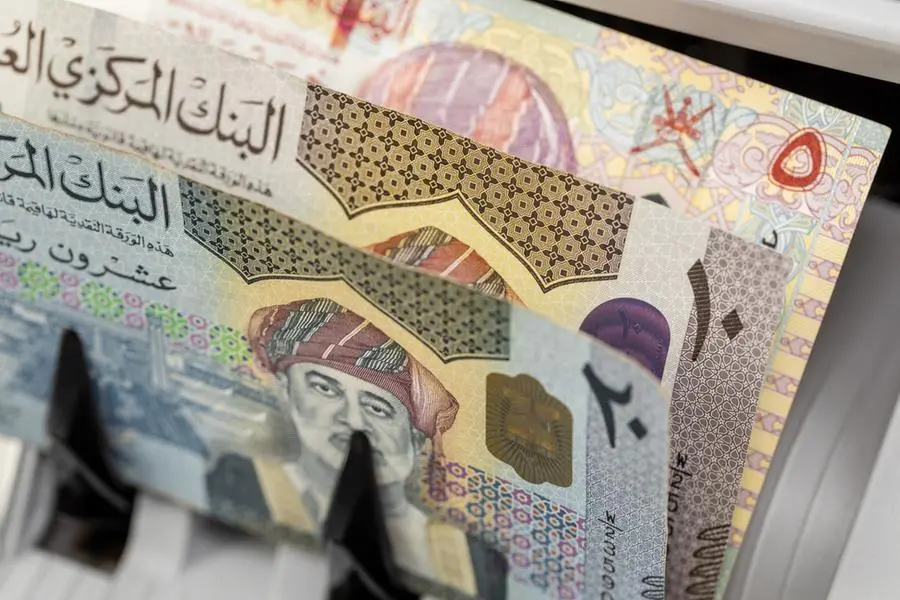PHOTO
Australian dollar denominations shown in a photo illustration at a currency exchange in Sydney, Australia, June 7, 2016. Jason Reed/File Photo, Reuters
The Australian dollar jumped on Wednesday while bonds tumbled by the most in 10 months as a hot reading on local inflation hurt any lingering hopes of a rate cut this year.
The Aussie climbed 0.5% to $0.6520, having gained 0.6% overnight to as high as $0.6490. It is on a three-day winning streak, but the 200-day moving average of $0.6530 is proving to be good resistance for now.
The kiwi dollar edged up 0.2% in its wake to $0.5944 , having risen 0.2% overnight. Support lies at its recent low of $0.5853 and resistance is around $0.5950.
Data showed on Wednesday that Australian's consumer prices jumped 1% in the first quarter, topping market forecasts and accelerating from 0.6% the previous quarter. Core inflation also increased by 1%, driven by stubbornly high services inflation.
That will be unwelcome news to the Reserve Bank of Australia, which has warned repeatedly that the central bank will not rule out anything on policy after holding interest rates steady at 4.35% for three straight meetings.
Rate futures were spooked and moved to price in a small risk of 10% that increases may resumed by August if domestic prices stay sticky. They also see no chance of a rate cut this year, with expected easing of just 1.5 basis points, down from 17 bps before.
The data were enough to see economists at UBS to delay their forecast of the first rate cut to February next year, from November.
"We still see a relatively slow easing cycle of -25bps per quarter, but our end-25 forecast is also revised up 25bps to 3.35%," economists at UBS said in a note. "If inflation remained more sticky than expected in 2025, it would make it difficult for the RBA to cut."
The stalling progress on disinflation in Australia is adding to the global experience that the last mile of getting inflation back on target is proving to be bumpy. Markets see the Federal Reserve cutting fewer than two times this year, down from five priced in at the start of the year.
It also hammered the Australian three-year bond futures , which slid 17 ticks to 96.00 and lows not seen since December 2023.
"Heading into the Q1 24 CPI data today, the balance of risks around our September RBA rate cut call were evenly balanced," said Stephen Wu, an economist at Commonwealth Bank of Australia. "Post the stronger-than-expected CPI print, higher than both our and the RBA’s implied profile, as well as the gradual loosening in the labour market thus far, suggests the risk now sits with a later start date to the first rate cut." (Reporting by Stella Qiu. Editing by Gerry Doyle)





















